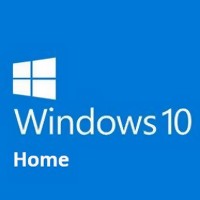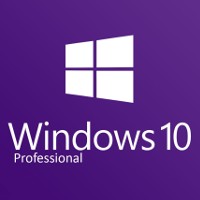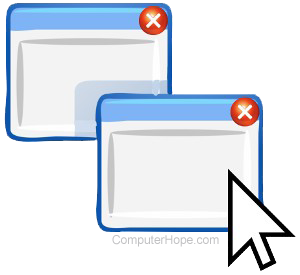Windows
Windows may refer to any of the following:

1. Microsoft Windows (also known as Windows or Win) is a graphical operating system developed and published by Microsoft. It provides a way to store files, run software, play games, watch videos, and connect to the Internet.
What was the first version of Windows?
Microsoft Windows was first announced on November 10, 1983. Microsoft Windows 1.0 was later released on November 20, 1985, and was initially sold for $100.00. Over a dozen versions of Windows were released since the first version of Windows was released.
What is the most recent version of Windows?
The most recent version of Windows released for home computers is Microsoft Windows 11.
Editions of Windows
Starting with Windows XP, Microsoft has published various editions of Windows. Each of these Windows editions has the same core operating system, but some editions have additional features, at an additional cost.
The two most common editions of Windows for home computers are Windows Home and Windows Professional.
Windows Home

Windows Home (also called Win Home) is the basic edition of Windows. It provides all the fundamental functions of Windows, such as connecting to the Internet, browsing the web, watching videos, using office software, and playing video games. It is the least expensive version of Windows and comes preinstalled on many new computers.
Windows Pro

Windows Professional (also called Windows Pro or Win Pro) is an enhanced Windows edition for power users and small to medium-sized businesses. It includes all the features of Windows Home, plus the following:
- Remote Desktop - lets you remotely control another Windows computer connected to the Internet.
- Bitlocker - Microsoft's integrated file encryption.
- Trusted Boot - provides encryption of the boot loader, protecting the computer against rootkits.
- Hyper-V - a Windows hypervisor for running virtual machines, equivalent to third-party software VirtualBox.
- Windows Sandbox - provides a lightweight, sandboxed Windows 10 instance. You can use this isolated "Windows within Windows" environment to run suspicious or untrusted software safely. Windows Sandbox requires a Windows Insider build of Windows 10 Pro or Enterprise.
- Group policy management - Administrators can define group policies for managing multiple Windows users in a business or organization.
- Support for more than 128 GB of RAM (random-access memory).
- Greater Windows Update installation options, including more flexible scheduling and postponement for up to 35 days.
Business editions
Windows Professional for Workstations and Windows Enterprise provide advanced features for professional studios and large businesses. For more information, refer to the side-by-side comparison in the official Microsoft Windows business edition comparison chart.
Why is Microsoft Windows called Windows?

Before the release of Microsoft Windows, Microsoft users were used to the single-task command line operating system MS-DOS. Because Microsoft names most of its products with one word, it needed a word that best describes its new GUI operating system. Microsoft chose "Windows" because of the multiple windows that allow different tasks and programs to run at the same time. Because you cannot trademark a common name like "Windows," it's officially known as "Microsoft Windows."
Do I need Windows?
All computers need an operating system to work, and Microsoft Windows is the most popular operating system today. If your computer comes with Windows, you can erase everything and install a variant of Linux (e.g., Ubuntu). However, realize that for new computer users installing and using Linux can be difficult.
Can I use macOS?
No, macOS is designed to run on Apple computers. It may be possible to make a hackintosh that uses macOS, but we recommend purchasing an Apple computer.
Microsoft Windows help pages
- What version of Windows do I have?
- Windows 11 help
- Windows 10 help
- Windows 8 and 8.1 help
- Windows 7 help
- Windows Vista help
- Windows XP help
- Windows 2000 help
- Windows NT help
- Windows Me help
- Windows 98 help
- Windows 95 help
- Windows 3.1 and 3.11 help
What came before Windows?
Before Windows 1.0 was released in 1985, computer users used a command line operating system like MS-DOS.
2. In general, a window is a fundamental part of a computer GUI (graphical user interface). A window is an area of the display containing a single running application. The window can be moved, resized, hidden, or maximized as desired by the user. The Microsoft Windows operating system is named after this UI (user interface) element.

3. For Unix-like operating systems, such as Linux or BSD (Berkeley Software Distribution), Windows may refer to the X Window System.
Operating system terms, Window, Windows 3.x, Windows 7, Windows 8, Windows 95, Windows 98, Windows 365, Windows 2000, Windows Me, Windows Vista, Windows XP
